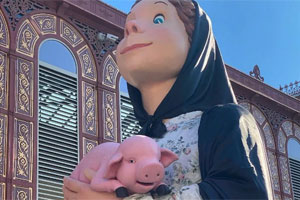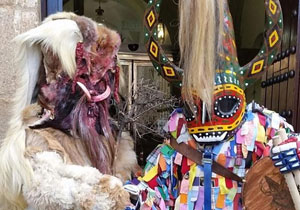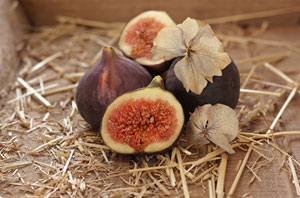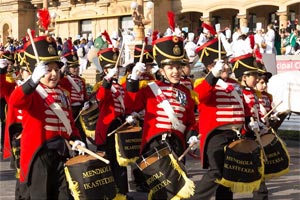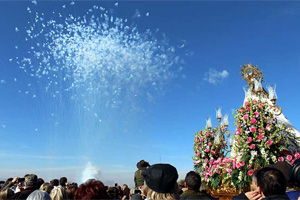Rompida de la Hora
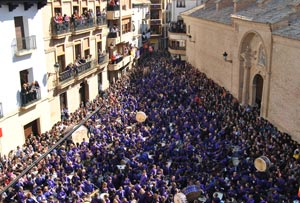
You are invited to celebrate Good Friday in the town of Calanda (in the Bajo Aragón region of Teruel), with the Rompida de la Hora or Tamborrada, read on to find out more about this interesting festival of National Tourist Interest. Read on to find out more about this interesting Fiesta of National Tourist Interest and feel the vibrations of this magical celebration!
What does the Rompida de la Hora consist of?
It is a colourful festival that takes place every Good Friday in the Plaza de España in Calanda, where locals and visitors wear purple tunics and tertials, symbolising the spiritual preparation and penitence, typical of the commemoration of the passion, death and resurrection of Jesus Christ. This religious devotion is combined with the music, colour and magic of the tamborrada.
A large drum is placed in front of the Casa de Luis Buñuel. At twelve noon the first bell of the church clock rings to start the celebration, accompanied by the harmonious and contagious rhythm of thousands of drums and bass drums.
La Palillera comes to the fore, a march accompanied by the drumming and beating of the sticks as the central element, finally ending with the drums. Come with your family and friends to participate in this special procession of "El Pregón", where the death of Jesus Christ is proclaimed.
Origin of the Tamborrada
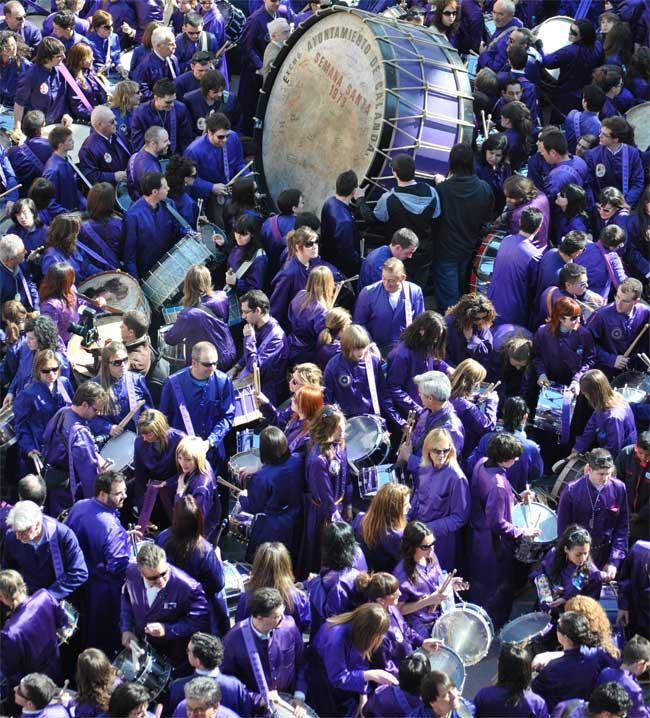
This unique festival originated in the year 1127, when the Christians of Calanda were celebrating the events of Holy Week. A shepherd saw an Arab raid or incursion from the mountains of Calanda. He began to play a tambourine to attract the attention of the Christians and hide, saving them from an imminent invasion. This gave rise to the celebration to commemorate the event.
This tradition was later banned in 1550 by the friar Pedro Merlo, who did not consider it to be of a religious nature. In the first half of the 20th century, the priest Mosén Allanegui organised processions in the town, accompanied by the percussion of drums, to symbolise nature's mourning for the death of Jesus Christ.
Some curious facts about the Rompida de La Hora in Calanda
- Every year, the Town Hall invites an important personality from the world of cinema or culture to break the hour, giving the first blow to the Gran Bombo.
- This festival has been recognised by Unesco as Intangible Cultural Heritage of Humanity in 2018.
- This act represents, through the beating of the Drums of Calanda, the roar that was heard on Earth, after the death of Jesus Christ.
What else can you see or do in Calanda?
- Visit the Luis Buñuel Centre in Calanda. You can take an interactive and surrealist journey through the life and work of this famous Aragonese film director.
- You can follow the Route through the Bóvedas del Frío, as well as the Route of the Drum and the Bass Drum, made up of the nine villages of the South of Aragon.
- The Temple of Nuestra Señora del Pilar, of Baroque construction, has a museum next to the church. A simple and peaceful place.
- If you are a nature lover, don't miss the Calanda Reservoir, fed by the rivers Guadalope and Bergantes, with beautiful contrasts between the valley and the surrounding mountain massifs.
- One of the monuments and points of interest is the Convento del Desierto. It is a large Baroque building, located 12 kilometres from Calanda. Ideal for a hiking route to this magical place.
Not just peaches on the table
You have the opportunity to eat in the best restaurants in the area and enjoy their typical dishes. Here are just a few of them:
- Try the Calanda peaches, traditionally grown with Denomination of Origin, renowned for their particular size, exquisite aroma and unequalled sweet flavour.
- Teruel ham is a delight. It has a Protected Designation of Origin.
- Magras Turolenses is a dish made from pork, cooked with peppers and tomatoes, as well as cold meats and sausages.

